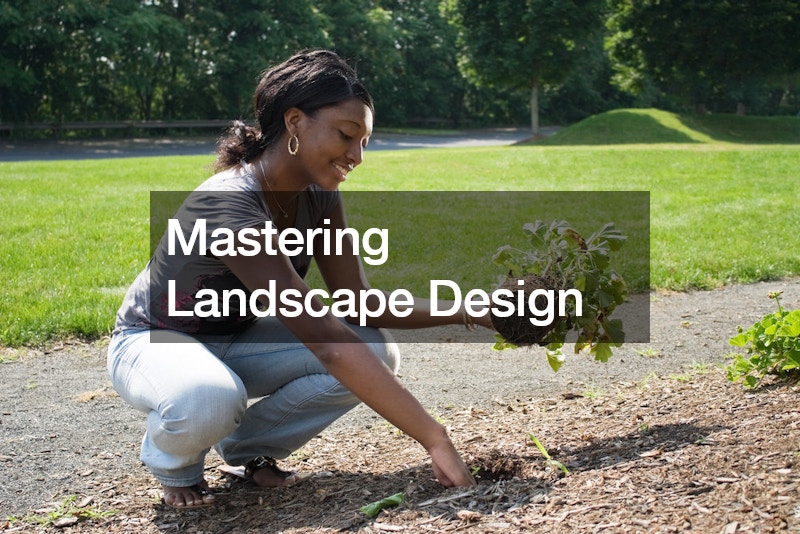
In the quest to design the perfect yard, many homeowners find themselves stumped. However, with the right tips and a bit of planning, you can develop a landscaping plan that will make your property the envy of the neighborhood. Let’s explore some key steps to help you transform your outdoor space into a stunning landscape that reflects your style and meets your needs.
1. Start with a Plan
The first step in designing your landscape is to create a plan. Begin by drawing a basic sketch of your yard, including existing features such as trees and the direction of sunlight.
Note any areas that need privacy or have specific lighting requirements. This plan will serve as the blueprint for your landscape design.
2. Define Your Goals
Think about how you want to use your outdoor space. Do you envision hosting dinner parties with friends, or do you need a play area for kids and pets? Perhaps you simply want a tranquil spot to relax and unwind. Make a list of your current and future goals for your yard, including any gardening aspirations.
3. Add Key Elements
Once you have your goals in mind, start adding them to your plan. Begin with the largest items, such as a patio, deck, or pergola, and then fill in the rest of the space around them. Consider your budget and short-term goals as you add elements to your design.
4. Consider Your Style
Just as you have a style when decorating your home’s interior, use a consistent style outdoors to create a cohesive look. Take inspiration from your house’s exterior and choose a landscape design that complements it. Traditional houses work well with a variety of landscape plans, while modern dwellings benefit from clean lines and simple plantings.
5. Choose Your Plants Wisely
Plants are one of the most important elements of landscaping design. Use them to define areas and create points of interest. Beds with clean lines provide a formal look, while curved beds offer a more natural feel. Select plants that complement each other in color and texture, and vary the height of plants in your beds for visual interest. Remember to consider the mature size of plants to avoid blocking windows or walkways.
6. Create Privacy and Soften Corners
Use plants strategically to create privacy and soften the corners of your yard. Consider using a bush or wider plant to soften the corners of your house, but keep large plants a few feet from the foundation to prevent damage from roots. Hedges can also be used as a natural fence, or you can opt for a traditional fence in a style that suits your preference.
7. Plan Your Pathways
Pathways are essential for navigating your yard and creating visual interest. Choose materials such as concrete, pavers, or crushed gravel for a formal or natural look. Stepping stones can add a whimsical touch to your landscape design. Be sure to space them to accommodate a natural step and include landings for resting and enjoying the view.
8. Add Water Features
A water feature can add tranquility and a touch of nature to your landscape design. Consider installing a small pond for plants and fish, or a fountain for relaxing sounds and to mask noise. Even a small tabletop fountain can enhance a small outdoor space. Some people also prefer small individual fountains spaced around the yard or in areas where you are going to be sitting for prolonged periods.
9. Illuminate Your Landscape
Landscape lighting can highlight different areas of your yard and allow you to enjoy your outdoor space at night. Use uplights or spotlights for trees, floodlights for beds, and path lights to illuminate pathways. Well-placed lighting can enhance the beauty of your landscape and improve safety. Lighting walkways can especially help increase the safety of your yard when it is dark outside.
10. Consider Maintenance
When designing your landscape, consider how much time you want to spend maintaining it. Choose plants and features that fit your lifestyle and maintenance preferences. A well-designed landscape should be both beautiful and manageable.
In conclusion, landscaping your yard requires careful planning and consideration of your goals, style, and maintenance needs. By following these tips, you can create an outdoor space that is not only beautiful but also functional and enjoyable. Whether you’re hosting a dinner party, playing with your kids and pets, or simply relaxing with a book, your landscape design can enhance your outdoor experience. So, roll up your sleeves, grab your sketchbook, and start designing your perfect outdoor oasis.
.
